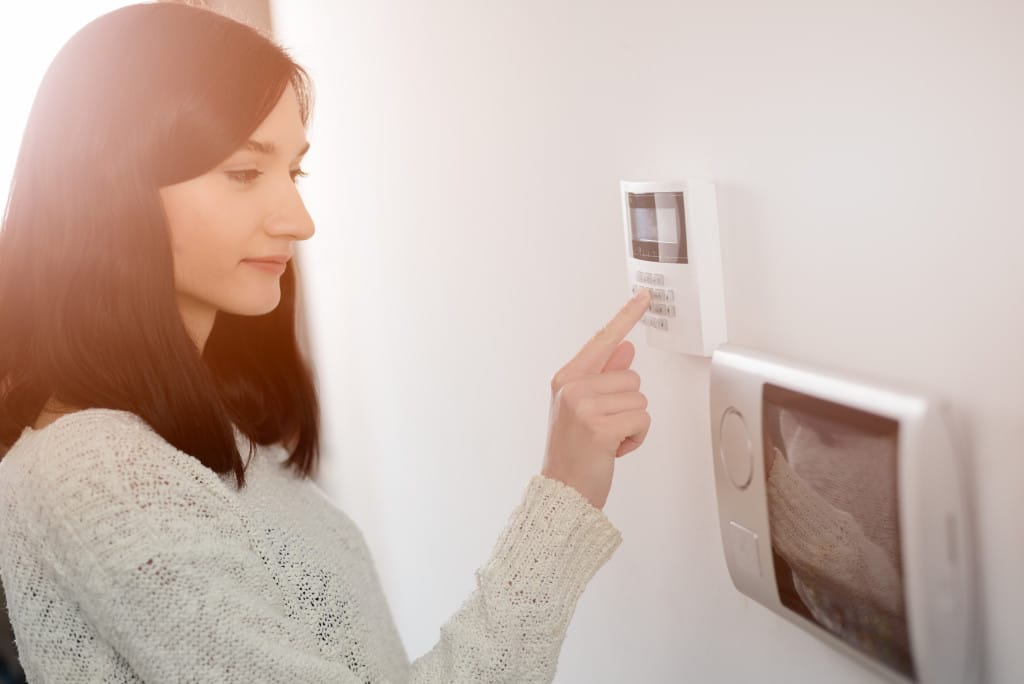When the Fukushima Daiichi Nuclear Plant experienced meltdowns and explosions in 2011, scientists turned to nature to help rehabilitate the prefecture. Campaigners asked people to plant sunflowers to mitigate the environmental damage that the nuclear accident caused.
These beautiful flowers, apart from being natural sunpower dealers, timekeepers, and herbal medicine, have the ability to “soak” in the nuclear radiation. The movement to plant sunflowers started at the Joenji Temple in Fukushima, where about 200,000 flowers stand as a reminder of Japan’s determination to restore their cities. The number soon ballooned to 8 million, covering acres and acres of fields in yellow blooms.
Coincidentally, sunflowers are also the symbol for nuclear disarmament, a movement that advocates reducing or eliminating the use of nuclear weaponry.
How Sunflowers Absorb Nuclear Radiation
Michael Blaylock, a soil scientist, explains to Living On Earth, an environmental news and information program, that the idea to use sunflowers was pioneered after the Chernobyl accident. Sunflowers are what scientists call hyperaccumulators, plants that can absorb high concentrations of toxic materials, without showing significant signs of toxicity. Their root systems are designed to efficiently extract nutrients and minerals (including radioactive materials) from the soil and store them in leaves and stems.
This special ability makes sunflowers good absorbers of certain radioactive isotopes in Fukushima. These radioisotopes mimic some of the nutrients that sunflowers absorb. The plants, however, can’t distinguish between the radioisotopes and nutrients like potassium and calcium.
While many plants share this ability, sunflowers were one of the best choices for Fukushima, according to Blaylock, because they grow abundantly without much care from humans. They are also well-suited to Fukushima’s climate and produce a huge amount of biomass. The more biomass, the more radioactive isotopes they can absorb and store.
Of course, sunflowers are pretty, too.
What Happens to the Flower?
The goal of the project is to pool the radioactivity, which occurs in low concentrations across large swathes of soil, into the leaves and stems of sunflowers. As such, these plant parts contain very high concentrations of radioactivity, which people can harvest and dispose of properly.
Don’t worry, radiation won’t kill the sunflowers, nor could they affect their development. If the concentration of the radioactivity is high enough to even affect growth, they won’t work for Fukushima’s case.
One risk, however, is that when pollinators spread their seeds, they could be spreading radioactive material across the region.
Experts have a workaround: they would harvest the plants even before it produces seeds. After all, when flowers start producing seeds, they would stop producing vegetative matter, too. People then harvest the flowers and plant young ones in their stead.
The Effectiveness of Nature

Garden Collage Magazine, a digital publication about natural living, says that sunflowers can neutralize or remediate an entire field within three years of planting.
The full extent of the sunflower fix, however, remains unknown, as scientists continue to explore the possibilities. One thing is for sure, however — little by little, sunflowers help restore the health of Fukushima’s soil.
These flowers stand as a testimony that, in many cases, men need nature’s help to correct their mistakes, and that we can rely on nature to heal itself.




